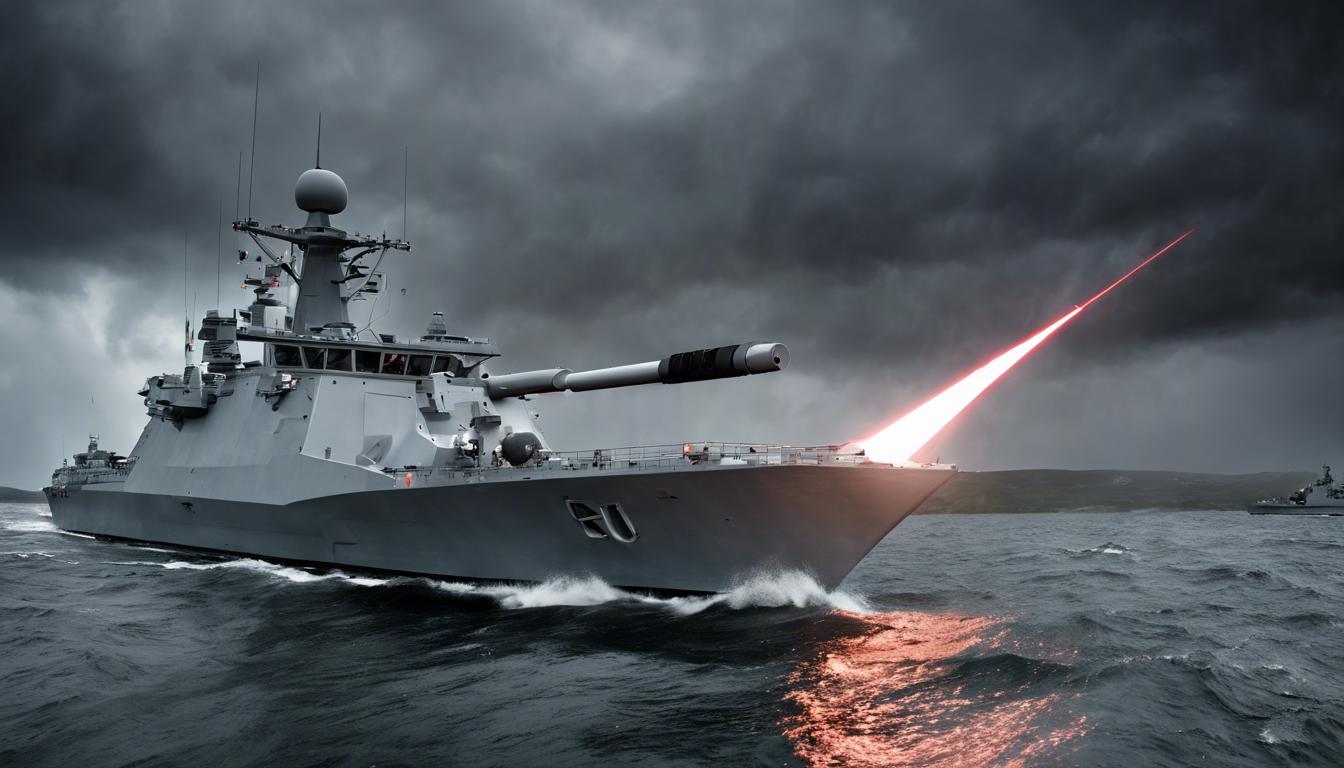The UK government has fast-tracked the deployment of the new DragonFire laser weapon system, now set to be operational by 2027, to counter drone threats in Ukraine and enhance defense capabilities.
The UK is advancing its deployment of the new DragonFire laser weapon system to be operational by 2027, with potential deployment in Ukraine to counter Russian drone threats. Originally planned for rollout in 2032, Defence Secretary Grant Shapps has expedited its development in response to escalating conflicts. The system, developed by collaborators including MBDA, Leonardo, QinetiQ, and DSTL, aims to intercept drones more cost-effectively than missiles. The Ministry of Defence stresses the speed and efficiency of this advanced technology, which can target at the speed of light and is expected to enhance the UK’s frontline capabilities significantly.
The deployment of DragonFire will see the weapon integrated into Navy frigates and Army vehicles, aiming to counter various threats in both Ukraine and the Red Sea. The UK’s Porton Down research facility is central to the development, emphasizing a rapid production and operational timeline. This development occurs parallel to similar laser weapon research in the US but positions the UK as a leader in quickly advancing such technologies.
Meanwhile, recent drone attacks by Russia have severely impacted Ukraine, notably destroying the Trypillya power plant near Kyiv, which has caused significant power outages and disruptions. In response, the UK has prioritised the production of the DragonFire system to offer a strategic defense tool against such threats, with tests planned for deployment in Ukraine to prevent further infrastructural damage.
Globally, geopolitical tensions have also prompted increased military cooperation elsewhere. President Joe Biden and Japanese Prime Minister Fumio Kishida have announced significant enhancements to US-Japan military alignments, with plans for a new joint air missile defense network in collaboration with Australia. This network aims to counteract Chinese military activities in the region and strengthen collective security measures among the allied nations, marking a significant upgrade in their strategic defense alliances in the Indo-Pacific.













